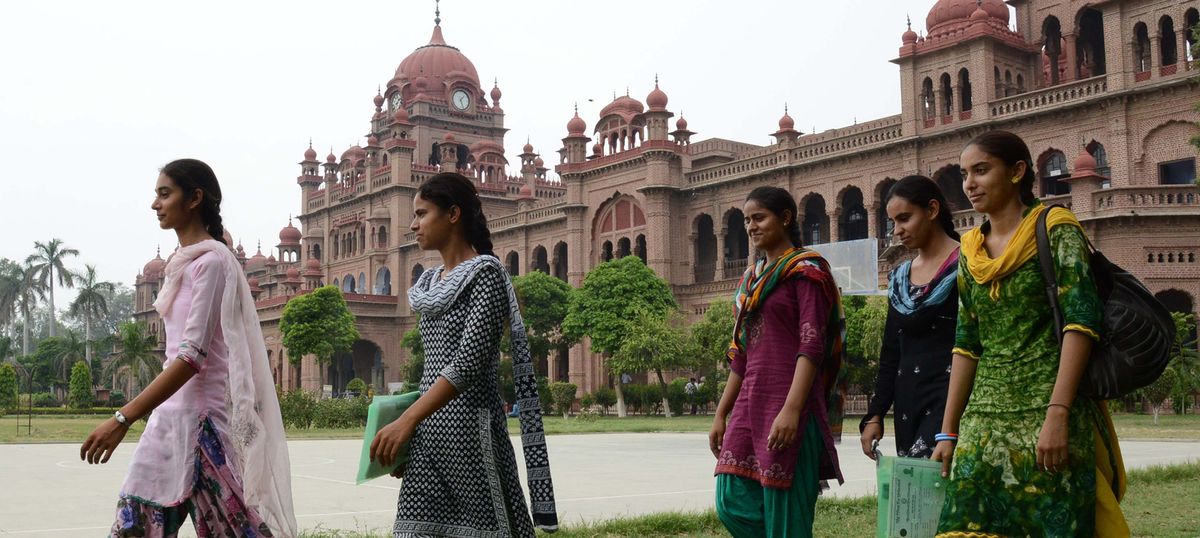The University Grants Commission (UGC) has introduced a significant initiative to offer students the flexibility to pursue two academic programs at the same time. This move aligns with the National Education Policy (NEP) and aims to improve students’ academic experience and employability. However, many universities in India have faced challenges in implementing this facility effectively.
The UGC’s Guidelines for Dual-Degree Programs
In April 2022, the UGC issued specific guidelines to allow students to enroll in two academic programs simultaneously. These guidelines outline the following:
- Two Full-Time Programs: Students can pursue two full-time academic programs in physical mode, as long as the class timings of one do not overlap with the other.
- Combination of Full-Time and ODL Programs: Students are allowed to enroll in one full-time physical program and one Open and Distance Learning (ODL) or online program.
- Two ODL/Online Programs: Students can also pursue two ODL or online programs simultaneously.
- Regulations and Governance: The degrees or diplomas earned through dual-degree programs follow the UGC’s regulations, as well as those set by the respective professional bodies when applicable.
The UGC made it clear that these guidelines became effective immediately after their notification. Students who had already pursued two programs before the guidelines were issued cannot claim any retrospective benefits.
Read in details – UGC Guidelines- Pursue Two Academic Programs Simultaneously
Challenges in Implementing the Dual-Degree Facility
While the guidelines offer great potential, Indian universities have faced several difficulties in implementing dual-degree programs:
- Administrative Barriers: Many universities continue to require students to submit migration or school-leaving certificates during the admission process. This requirement directly contradicts the UGC’s intent to allow students to pursue dual degrees without such restrictions.
- Scheduling and Logistical Issues: Universities have faced practical challenges in coordinating class schedules for dual-degree students to avoid overlapping sessions. Additionally, universities have struggled to provide enough faculty support and infrastructure to accommodate the needs of students pursuing multiple programs.
- Lack of Awareness and Preparedness: Some institutions are either unaware of the UGC guidelines or are not yet ready to make the necessary administrative and academic adjustments. This includes aligning policies, curricula, and exam schedules, which has further delayed the rollout of dual-degree programs.
- Resistance to Change: Some universities have resisted adopting the new policies due to traditional mindsets or concerns about overburdening faculty and academic infrastructure. This reluctance has hindered the adoption of the dual-degree system.
- Student Awareness and Preparedness: Even when universities offer dual-degree programs, many students remain unaware of this option. Additionally, students may feel unprepared to manage the added academic workload. Pursuing two degrees requires excellent time management and the ability to handle demanding schedules, which may discourage some students from pursuing this opportunity.
Conclusion
The UGC’s guidelines for dual-degree programs are a positive move towards academic flexibility and career enhancement for students. However, to fully realize this potential, universities must address several practical challenges, including administrative constraints, scheduling conflicts, and resistance to change. While these hurdles may slow progress, the future looks promising as universities gradually adapt to these guidelines.
Important reads
- What’s the Difference Between UGC Recognized and UGC Entitled for Online Learners?
- UGC Advises Open Universities to Launch 4-Year Degrees Under NEP 2020
For more detailed information, you can read the complete UGC guidelines in the official document. Download UGC Guidelines PDF.

Leave a Reply